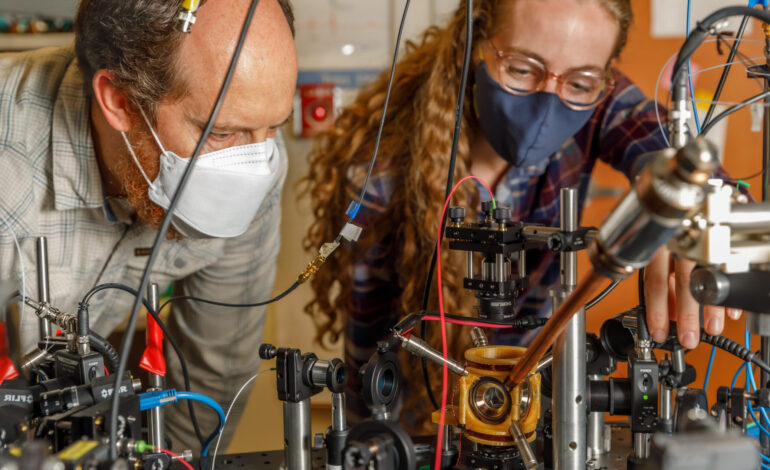Pentagon Redefines Tech Strategy with Six Key Priorities

The Pentagon has formally announced a significant reduction in its technology priorities, shifting focus from fourteen critical areas to just six. This change, articulated by research chief Emil Michael, aims to streamline resources and enhance operational effectiveness for U.S. warfighters. The announcement was made via a video shared on X, emphasizing the need for a more manageable and impactful list of technology priorities.
Michael noted that the previous list of fourteen “critical technology areas” diluted focus. He stated, “Fourteen priorities in truth means no priorities at all. We’re narrowing this list to six.” This refined approach is designed to deliver faster results and a decisive advantage on the battlefield.
New Technology Focus Areas
The six new critical technology areas, intended to enhance the Pentagon’s research spending, are as follows:
1. **Applied Artificial Intelligence (AAI)**: This priority encompasses the application of AI across various functions, from administrative tasks to direct combat operations. The focus aligns with the White House AI Action Plan, which highlights the competitive landscape between the U.S. and China in AI technologies.
2. **Biomanufacturing (BIO)**: This area pertains to leveraging living systems for the mass production of essential materials. By utilizing genetically engineered microorganisms, biomanufacturing aims to produce vital chemicals domestically, reducing reliance on overseas supply chains. Michael emphasized that this approach could help “eliminate any supply chain vulnerabilities.”
3. **Contested Logistics Technologies (LOG)**: Rather than a specific technology, LOG represents a mission to ensure uninterrupted resupply and operational continuity in contested environments, particularly relevant in the context of potential conflicts in the Pacific.
4. **Quantum and Battlefield Information Dominance (Q-BID)**: This focus area seeks to enhance communication and navigation capabilities through advancements in both traditional and emerging technologies, addressing concerns about adversaries like Russia and China potentially jamming critical systems.
5. **Scaled Hypersonics (SHY)**: The Pentagon plans to transition hypersonic missile development from prototypes to mass production. Hypersonic systems, capable of traveling at speeds exceeding Mach 5, promise to outpace existing missile technologies, thereby enhancing U.S. military capabilities.
6. **Scaled Directed Energy (SCADE)**: In a similar vein to hypersonics, SCADE aims to move high-energy laser and microwave weapons from prototype phases to full-scale production. This technology is expected to provide effective defenses against drone swarms and missile attacks, which could overwhelm current systems.
Implications of the New Strategy
The revision of the technology priorities marks a departure from the previous administration’s broader approach and aims to concentrate efforts on technologies that yield immediate benefits. Michael stated, “These critical technology areas are actionable, tangible solutions to the challenges that our warfighters face today.”
The new focus does not completely discard past initiatives. Many of the previous eight critical technology areas can still be integrated under the new categories. For instance, aspects of wireless technology could contribute to Q-BID, while elements of advanced computing may find a place within AAI.
This strategic shift reflects a broader recognition of the need for the U.S. military to adapt rapidly to evolving threats. By narrowing the focus to six key technology areas, the Pentagon aims to ensure that its warfighters are equipped with the most advanced tools available, reinforcing the U.S. military’s readiness and effectiveness in a dynamic global landscape.
In his announcement, Michael concluded, “These priorities will ensure that our warfighters never face a fair fight.” The Pentagon’s commitment to these technology areas underscores its dedication to maintaining a technological edge in an increasingly competitive world.






